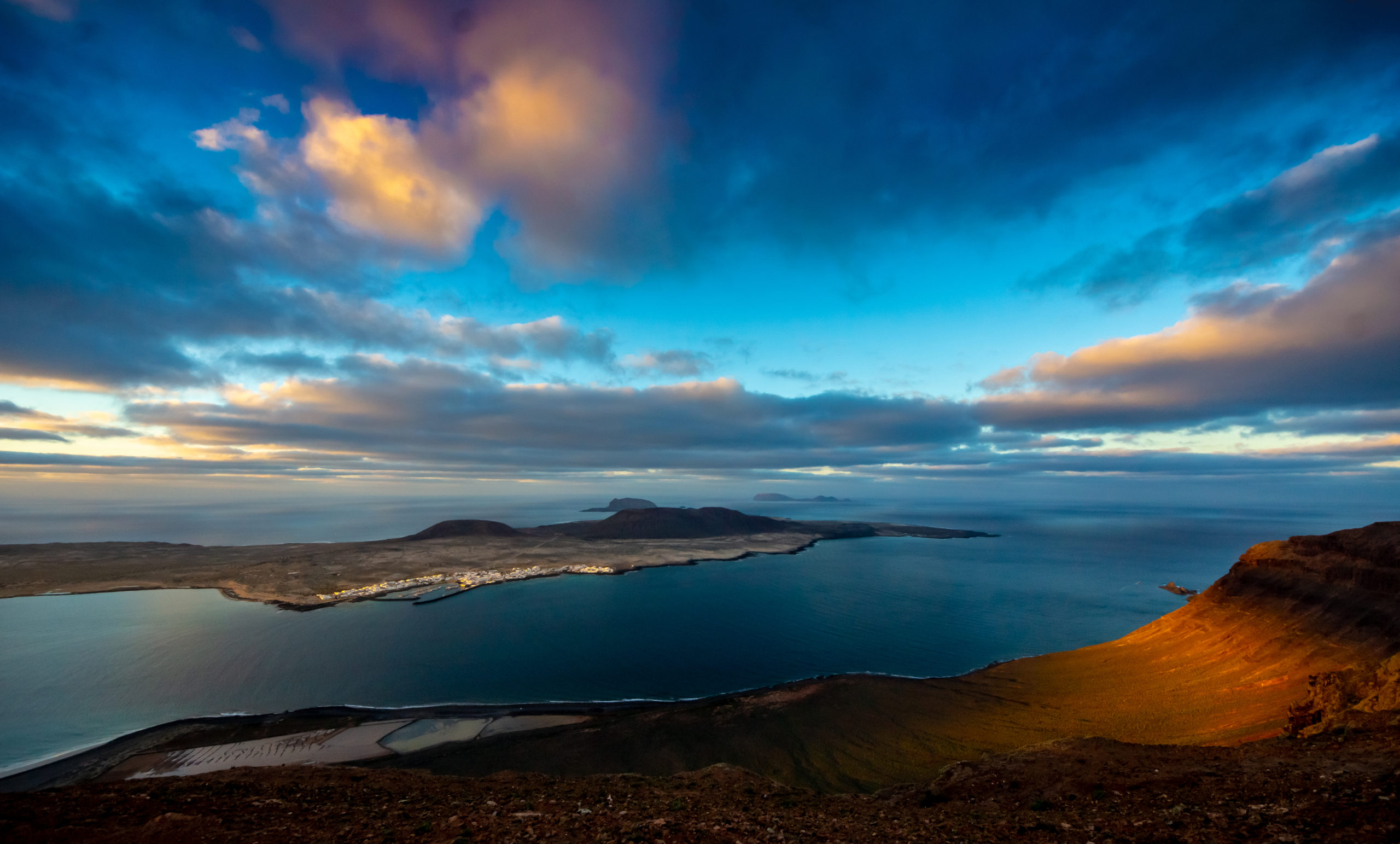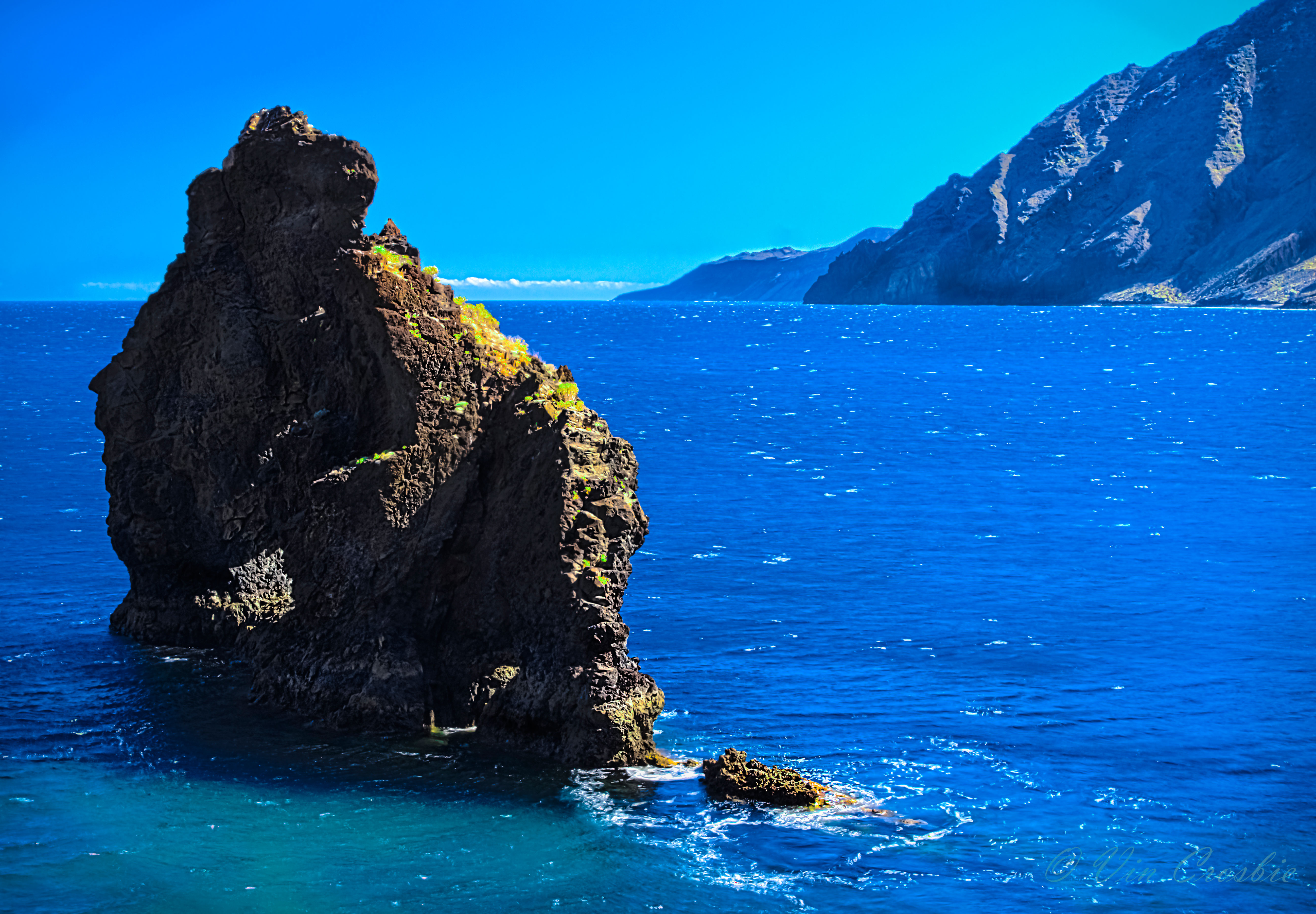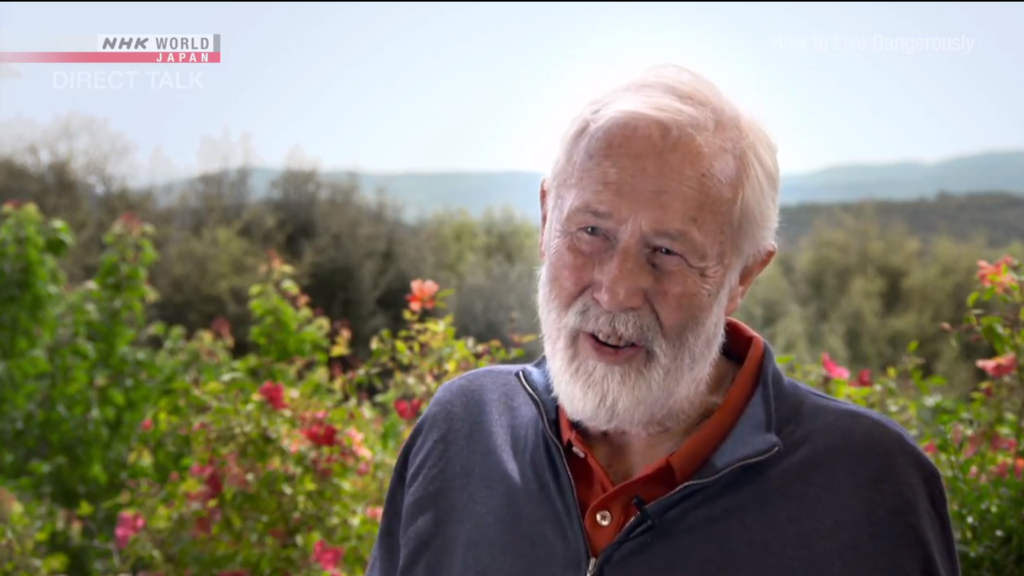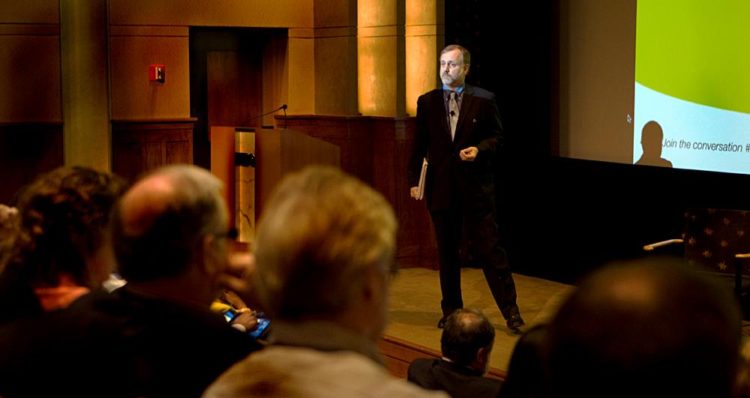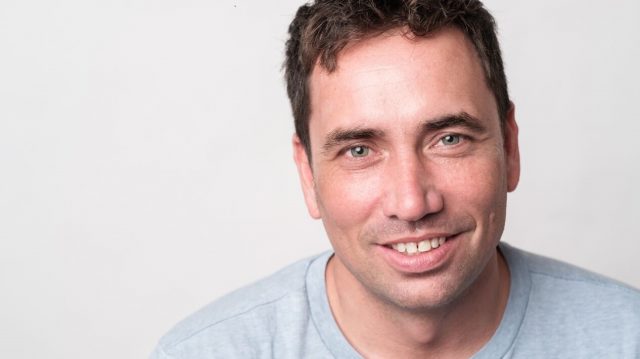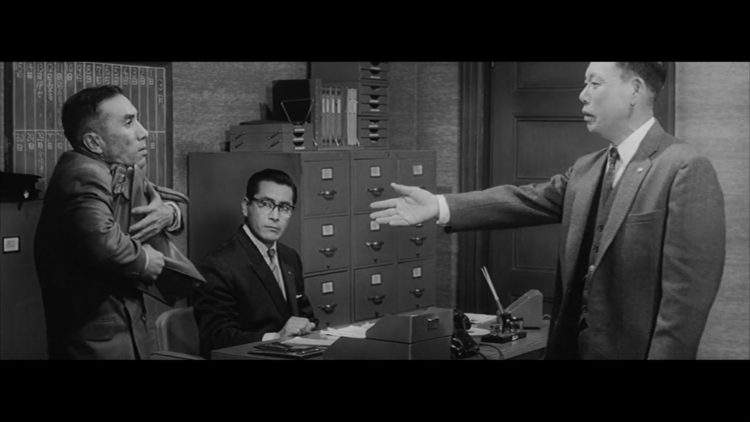Social Media Distancing
Recently, I’ve been reading in Facebook the opinions of several guys who I knew and last saw nearly half a century ago when we were secondary school students. Two months ago on Facebook, they were opining as U.S. Constitutional scholars. Last month, as epidemiologists. And this week, as experts in Sino-American relations.
Anyone can voice an opinion, but an opinion isn’t necessarily expertise. During the Stone, Bronze, and Iron Ages, if a person lived to have decades of experience doing something, he might have been called an ‘expert’ about it. Knowledge about a subject during those eras was transmitted orally rather than literally. Hearing how previous generations did it, plus having decades of experience doing it yourself, perhaps was sufficient to win you expertise about that subject, made your opinion about it valuable, and allowed you to barter your knowledge for enough food to keep alive and materials to build your own a mud or wooden hut. Perhaps in some sectors of human endeavor today (such as operating a tire shop, working as a checkout clerk, mucking racing horse stalls, etc.) that might still be true and earn you a rental apartment or eventually even a mortgage. As the nations of the world are learning nowadays due to a pandemic, some of those jobs are indeed essential to society. I daresay almost all of them are, compared to, for examples, a stockbroker, a lawyer, or a university professor (which I am). Nevertheless, what moved civilization out of the Stone, Bronze, Iron, and Dark Ages was greater expertise than merely long apprenticeships, orally transmitted learning, and even ‘common sense’.
Virtually everyone, no matter their level of education or income, believes that they have ‘common sense’. Wisdom, however, arises from whether you question it. Wisdom is counter-intuitively the awareness that you might not know all or enough about any subject, even you’re own. As Plato quotes Socrates saying, “I am the wisest man alive, for I know one thing, and that is that I know nothing.” Or as has been attributed to Albert Einstein, “The more I learn, the more I realize I don’t know.” What’s colloquially known as ‘common sense’ can be useful and practical in simple daily life, but it is neither expertise or actual wisdom; is unfortunately limited by time, place, or culture; and is increasingly being proven by science and history to fail when applied on a larger scale in our increasingly complex world. For examples, it is ‘common sense’ in much of the world that a person nodding his head means yes and shaking it means no, yet the opposite is true in Bulgaria, and likewise people in Japan won’t necessarily tell you no when their answer is no. ‘Common sense’ thus varies by place and time. It made perfect ‘common sense’ to the ancient Greeks, Romans, and Vikings that thunder was the sound of heavy storm clouds colliding and lightning was the sparks from those collisions. Although most today people who aren’t aviators think it is ‘common sense’ for a pilot to push an aircraft’s control wheel (or ‘stick’) down to descend or up to ascend, a pilot will tell you that is done using the aircraft’s throttle and vice versa. An opinion, without actual learned expertise today, is neither worth much nor wisdom— except at the ballot box. Indeed, once a parrot listens, it too can voice an opinion.
A cartoon from the New Yorker magazine that four years ago became famous depicts an economy class passenger standing inside an airliner and asking his fellow passengers, “These smug pilots have lost touch with regular passengers like us. Who thinks I should fly the plane?” The cartoon is an analogy of the disastrous cultural war underway in the United States nowadays against actual expertise. In reality, you wouldn’t want the average airline passenger to fly the aircraft, someone inexperienced and unschooled in medicine to conduct surgery on you, a household plumber to operate your nearest nuclear power plant, nor someone inexperienced and unschooled in Constitutional law, domestic and foreign affairs, and macroeconomics to lead your great nation. Otherwise, the results will more likely be disaster than safety, success, prosperity.
The average person might nevertheless think that he himself can unconditionally do anything; that he all he needs is the ‘common sense’ he possesses. It’s a comforting psychological fantasy. A segment of A Prairie Home Companion, a popular radio program broadcast in the United States between 1974 and 2016, was set in the fictional Minnesotan town of Lake Wobegon “where all the children are above average.” Most people in real life seem to have that hope: that their own children and those of their town are all above average, and that they themselves, no matter what their educational or socio-economic status, are, too. Yet the reality of that is mathematically and evolutionarily unlikely.
During the 1990s, scientific experiments by American social psychologists David Dunning and Justin Kruger revealed that people with low actual abilities tend to overestimate their abilities and that those with high actual abilities tend to underestimate their abilities (see the Socrates’ and Einstein’s quotes above). Indeed, Dunning wrote about what is known referred to as the Dunning-Kruger Effect, that people with substantial, measurable deficits in their knowledge or expertise lack the ability to recognize those deficits and, therefore, despite potentially making error after error, tend to think they are performing competently when they are not: “In short, those who are incompetent, for lack of a better term, should have little insight into their incompetence”. As I noted above, the only place in which an opinion lacking expertise is worth much today is at the ballot box, and then only when in large numbers. When a majority (or in the case of the United States, a minority) of people suffering from the Dunning-Kruger Effect succeed in electing to high office one of their own, the results quickly become more disastrous than an airliner crash or a Chernobyl. That latter disaster in 1986 killed fewer than 100 people immediately and is predicted to be the cause of death of between 4,000 and 16,000 from long-term effects of radiation exposure. Six weeks of inaction against COVID-19 in early 2020 by the U.S. federal government, despite danger warnings by that its intelligence agencies, warnings by its trade negotiators with China, and warnings by its diplomats in China (including those stationed in the Chinese city of the initial outbreak), already has resulted in more than 68,000 America deaths and government predictions of at least 32,000 more later this year in the world’s nation most able to have prevented that. The self-styled “stable genius”, who voters of the Dunning-Kruger Effect elected, failed disastrously. Certainly so when compared to the U.S. presidents who valued real expert’s expertise rather than his ‘gut instinct‘ or ‘common sense’ during the Ebola, SARS, and MERS epidemics in prior years.
Which reminds me of my own mistake. In my field of actual expertise, I know four things:
- That as the number of average people from any average group or town increases, whatever level of discourse among them will move towards the average or mean. This is simple mathematics. Add average people to a discussion among experts and the level of discourse will naturally decline.
- That as the number of average people involved increases and the numbers of their postings and comments increases, the likelihood of someone calling someone else a Nazi or otherwise insulting them steadily increases. This effect was first noted in 1990 by my Facebook Friend Mike Godwin and since become known as ‘Godwin’s Law’.
- That as the number of average people in any online discussion increases, the likelihood is that the number of new participants who suffer from the Dunning-Kruger Effect will increase faster than the number of those who don’t, thus leading to more postings by people who offer incompetent opinions rather than actual expertise or wisdom or else who are simply venting their psychoses. These effects were initially observed by the licensed clinical psychologist and M.I.T. Professor of the Sociology of Science, Sherry Turkle, in her 1995 book Life on the Screen.
- That there appears to be a cognitive limit to the number of people with whom one can maintain stable social relationships—relationships in which an individual knows who each person is and how each person relates to every other person. That number is approximately 150 people or Dunbar’s Number, It is named after the British anthropologist Robin Dunbar who studied 38 different genera of primates (including humans) and found there is a an ideal maximum number above for social groups of each genera, and that 150 is the ideal population level of ‘subsistence’ villages, nomadic tribes, and historical military groupings.
Besides the economics and business of media, those are things that I teach the postgraduate students in my New Media Business course at Syracuse University’s school of media. However, I myself have 778 Facebook ‘Friends’, more than five times Dunbar’s number! When I first went online in the mid-1980s, it was on The WELL (originally The Whole Earth ‘Lectronic Link), a pre-Web online conferencing system founded by the Whole Earth Catalog publisher Stewart Brand and the smallpox-eradicating epidemiologist Larry Brilliant , and later the subject of Howard Rheingold’s 1993 book, The Virtual Community, and of Katie Hafner of Wired’s expository article The Epic Sag/a of The WELL and 2001 book The WELL: A Story of Love, Death and Real Life in the Seminal Online Community. In that online community, whose motto was, and still, is ‘You Own Your Own Words’, one could ask any question but respectfully one didn’t answer unless one had actual expertise about the subject. It was a forum with respect and intellectual discipline. It wasn’t an online lavatory in which anyone could scrawl one’s anger, prejudices, or opinions unfounded in actual expertise. From such humble beginnings—knowing not to post about things you’ve no actual expertise, the 2.5 billion person Facebook community has descended. Although it wasn’t this way when I joined Facebook in 2007, I now deal there with people who adamantly opine their thought s about subjects in which they’ve no expertise, experience, or even familiarity. For those who might respond to me, ‘Hey, don’t take things so seriously. We’re just having fun!’, that’s what every vandal says, clown. You’re wrecking a good thing.
I suppose that I should ‘cull the herd’, so to speak, reducing the number of my Facebook Friends to those with actual expertise; perhaps thereby raising the level of discourse I see there. However, that would work only if everyone else with any real expertise did so also, because otherwise I’d also see the comments of their Facebook Friends, friends of the type that some politically correct folks nowadays call ‘low information’ people. I’ve identified about ten of my 779 Facebook Friends who are that type, too. These ten are good people at heart, but all have these characteristics: they are white, male, are entering their senior citizen years, were largely uneducated immediately after secondary school (they either never went to college, dropped out, or, at best, obtained no more than a bachelor’s degree decades after secondary school), and have always had ‘blue collar’ jobs and never held executive offices or advanced degrees. There’s nothing wrong about all that if you want to express their opinion regarding things about which they actually have some expertise. But the facts that they aren’t cognizant that they all have those characteristics and that they argue against those who don’t, never seems to occur to them and is one of the known symptoms of the Dunning-Kruger Effect. If I were in their place (as a 65-year old white, male, with no college degrees, I’m mostly there), I’d notice if my political debate opponents were more educated than me about the topics, and that would cause me to question my political position rather cause me to concoct or embrace theories that all of the press or all of academic or all of both are conspiracy globally against me, my interests, and my politician. Preponderance of evidence, quantitative analysis (i.e., if 98% of climate scientists agree on something, consider that a clue), cognition and self-awareness, the wisdom to know that you don’t know everything, etc.
There indeed are some of my 778 Facebook Friends who I should have dropped long ago—such as college friend who I’ve reconnected with after nearly 50 years yet who Facebook has in the past few years suspended more than once for racist postings. Just because I fondly remember an innocent 19-year old from 1973 doesn’t mean I should now tolerate a 65-year-old racist. And then there is my fisherman acquaintance with whom I once spent a vacation yet who nowadays is more likely to have his vodka bottle and spleen rather than his mind write his social media postings. Those are easy cases to cull.
More problematic is a childhood friend who upon lately finding out that a mutual friend’s posting about an American politician was a proven falsehood, commented “I realize it’s false but it shouldn’t be!” who then reposts that falsehood onto his own social media timeline. Should I cull someone like him who knowingly posts proven lies? The answer should be yes.
As for others, I genuinely like some of the people who forcefully disagree with me online, including those I mentioned in the first sentence of this article. I disagree with them, yet I’ll stand besides them to support their right to speak opinions contrary to my own. We each uphold such rights and have our country’s best interests at heart.
However, they most often have absolutely no actual expertise about the topics that they post about. Instead, they’re merely venting. Established facts, such as the world is actually more complex than their uncompromising worldview, doesn’t bother them. They maintain that conservatives are always correct; that liberals (whom one of them terms “progressives” despite the many Republicans, such as Theodore Roosevelt, who’ve campaigned for president under that very term and who knew that politics was the art of compromise) recklessly want to ruin the U.S.; and they believe that the accurately reported errors and missteps by the self-styled “Stable Genius” in the Oval Office, whom the Dunning-Kruger Effect epitomizes (“I know more about the military than the generals do.” “I know more about economics than economists do.” etc. To see a comprehensive list of all the subjects that the “Stable Genius” has claimed to know better than the actual experts in those complex subjects, click here) are to their minds simply a massive conspiracy by the press simply to smear that politician. Well, I’ll probably keep them a Facebook Friend because I like them. Indeed, one has only recently discovered Facebook and is like a 66-year old white male child with a new toy. God bless him!. And us.




